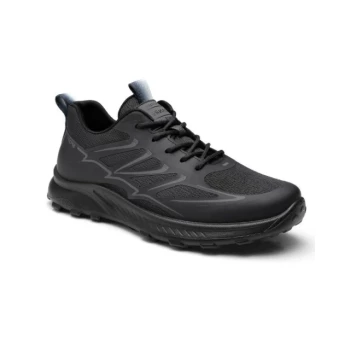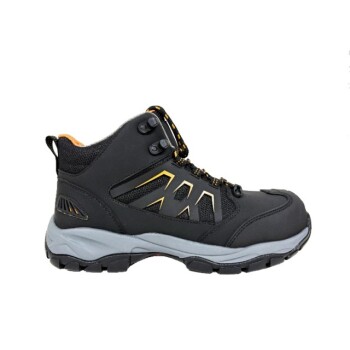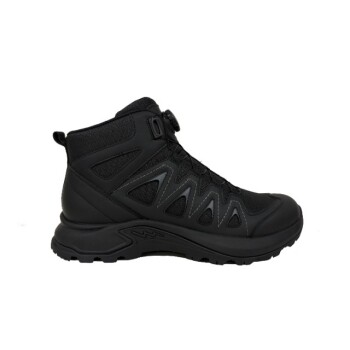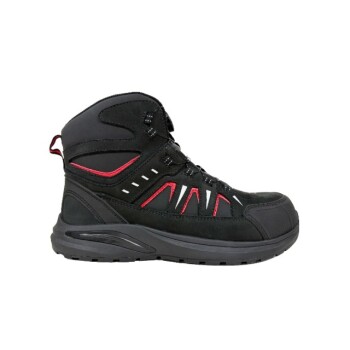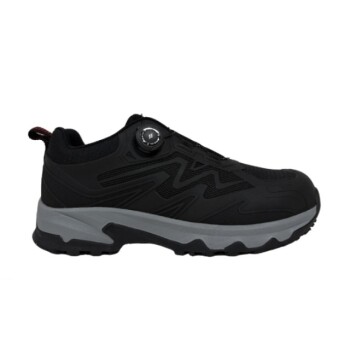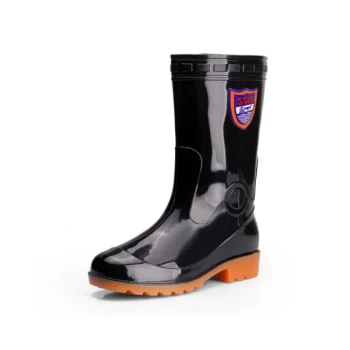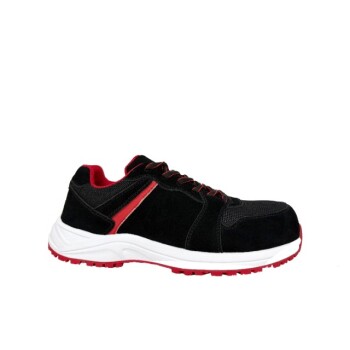In high-stakes environments, a proper boot fit is not about comfort—it is a critical component of your equipment that directly impacts safety and performance. An ill-fitting trekking or tactical boot negates advanced design features, turning a valuable asset into a liability that can cause debilitating injuries, reduce stability, and compromise your mission.
A properly fitted boot is more than just a covering; it's a piece of performance equipment. The right fit transforms the boot into an extension of your body, allowing you to fully leverage its stability, traction, and support features for maximum safety and effectiveness.
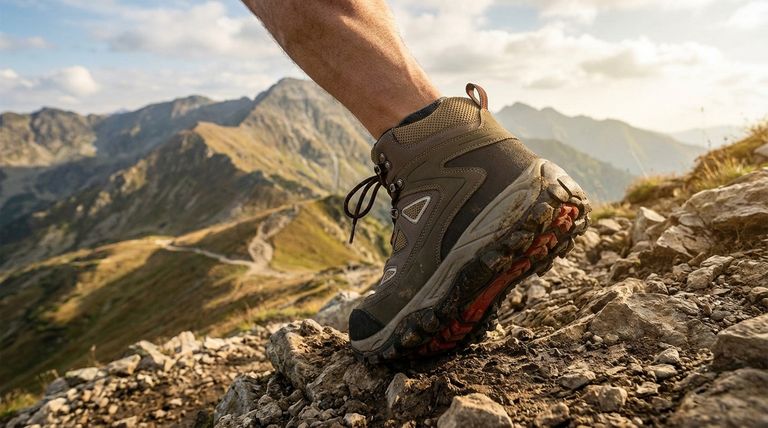
The Anatomy of a Performance Fit
A truly effective fit goes far beyond a simple size number. It involves a three-dimensional match between your foot and the boot's interior structure, ensuring every part of your foot is supported correctly under load and stress.
Beyond Length: Width and Volume
The most common mistake is focusing only on length. Your feet swell during long treks or demanding operations, so you need adequate room in the toe box to prevent bruising and blisters, especially on descents.
However, too much volume creates a sloppy fit, causing your foot to slide and reducing control.
Securing the Heel for Stability
A secure heel lock is non-negotiable. If your heel lifts or slides inside the boot with each step, the resulting friction is the primary cause of painful blisters.
This instability also compromises your balance on uneven terrain, as your foot is not moving in unison with the boot's stable base.
The Role of Arch Support
Proper arch support is crucial for preventing foot fatigue and conditions like plantar fasciitis. The boot's insole and midsole should contour to your arch, distributing weight and stress evenly across your foot.
Without this support, your foot muscles work overtime to stabilize themselves, leading to faster exhaustion.
Cushioning as a Shock Absorption System
The boot's cushioning is a system designed to absorb impact, protecting not just your feet but also your ankles, knees, and back.
A correct fit ensures your foot is properly positioned to benefit from this system, absorbing the shock from walking on hard or rocky surfaces.
How Fit Unlocks a Boot's Core Features
High-performance boots are engineered with specific features for traction and stability. However, these features are only effective if the fit is precise.
Translating Traction into Sure-Footedness
Tactical and trekking boots feature deep tread patterns and slip-resistant outsoles for superior grip. If your foot is sliding inside the boot, you cannot apply power precisely to the ground.
A secure fit anchors your foot, allowing you to trust the outsole and move with confidence on wet, rocky, or loose surfaces.
Maximizing Ankle Support
Many boots feature higher shafts to protect against ankle rolls. This feature is rendered useless if the boot is not laced snugly around the ankle.
A proper fit allows you to lock the boot around your ankle, engaging the supportive structure and providing crucial stability on unpredictable terrain.
Breathability and Foot Health
Even the most breathable materials won't work if the boot is too tight. A constrictive fit restricts airflow, trapping heat and moisture.
This environment is a breeding ground for blisters, hotspots, and fungal infections, all of which can end a trek or compromise an operation.
Common Pitfalls to Avoid
Achieving the right fit means understanding the common mistakes people make when selecting footwear.
The "Comfortable in the Store" Trap
A boot that feels like a soft sneaker in the store may lack the necessary rigidity and support for carrying a heavy pack or navigating rough terrain.
Performance boots should feel snug and supportive, not mushy. Always test boots at the end of the day when your feet are slightly swollen.
Over-Tightening vs. a Secure Fit
There is a critical difference between a secure fit and an over-tightened one. Lacing a boot too tightly can cut off circulation, creating pressure points and numbness.
The goal is to eliminate heel slip and lateral movement without causing discomfort.
Ignoring Your Specific Foot Shape
Every brand uses a different "last," which is the mold a boot is built around. A size 10 in one brand can fit completely differently than a size 10 in another.
Understanding your foot's unique characteristics—like width and arch height—is key to finding the right brand and model for you. This is why precise measurement systems, like European sizing, are so valuable.
Making the Right Choice for Your Goal
Your specific activity dictates which aspects of fit you should prioritize.
- If your primary focus is long-distance trekking: Prioritize a locked-in heel with ample toe room to prevent blisters and account for foot swelling on long days.
- If your primary focus is tactical operations: Emphasize total foot security and ankle stability to ensure agility and prevent injury during rapid, dynamic movements.
- If your primary focus is carrying heavy loads: Focus on robust arch support and a stiff midsole to distribute weight correctly and reduce overall fatigue.
Ultimately, the most technologically advanced boot is worthless if it does not fit your foot perfectly.
Summary Table:
| Key Fit Area | Why It Matters | Common Issue from Poor Fit |
|---|---|---|
| Heel Lock | Prevents blisters, ensures stability | Heel slippage causing friction and loss of balance |
| Toe Box Volume | Accommodates foot swelling, prevents bruising | Toe impact and black toenails on descents |
| Arch Support | Distributes weight, reduces fatigue | Plantar fasciitis, muscle strain |
| Overall Security | Maximizes traction and ankle support | Ineffective use of boot's technical features |
As a large-scale manufacturer, 3515 produces a comprehensive range of footwear for distributors, brand owners, and bulk clients. We understand that a perfect fit is the foundation of performance. Our production capabilities encompass all types of trekking and tactical boots, engineered to exacting standards for superior support, durability, and comfort. Whether you need to outfit a team or stock your shelves with reliable footwear, we can deliver. Let's discuss your specific needs and how our manufacturing expertise can benefit your business. Contact us today for a consultation!
Visual Guide
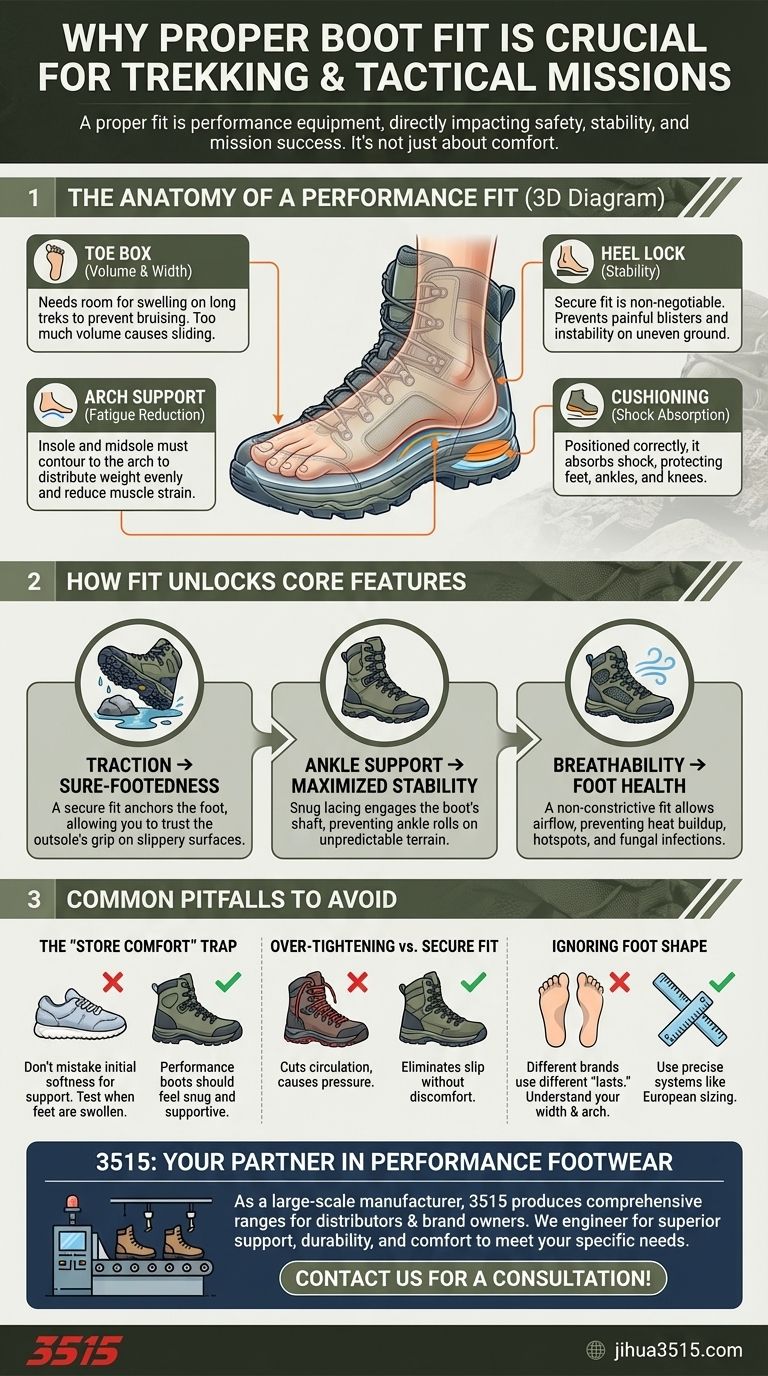
Related Products
- Safety Footwear Wholesale Manufacturer for Custom OEM/ODM Production
- Custom OEM Training Shoes Wholesale Manufacturer Durable & Breathable
- Wholesale Safety Footwear Manufacturer for Bulk & Custom OEM Orders
- Premium Wholesale Waterproof Safety Boots High Performance Protection for Industrial Markets
- Durable Rubber Sole Outdoor Shoes Wholesale & Custom Manufacturing
People Also Ask
- What are OSHA approved shoes? Understanding the Correct Standards for Workplace Safety
- What are the differences between steel toe, composite toe, and alloy toe Wellington boots? Choose the Right Safety Toe for Your Job
- Is safety-toe as good as steel toe? Choose the Right Protection for Your Job
- How do safety shoes contribute to cost savings for companies? A Strategic Investment in Risk and Cost Management
- What do heavy duty boots do? Protect Your Feet in Demanding Work Environments

